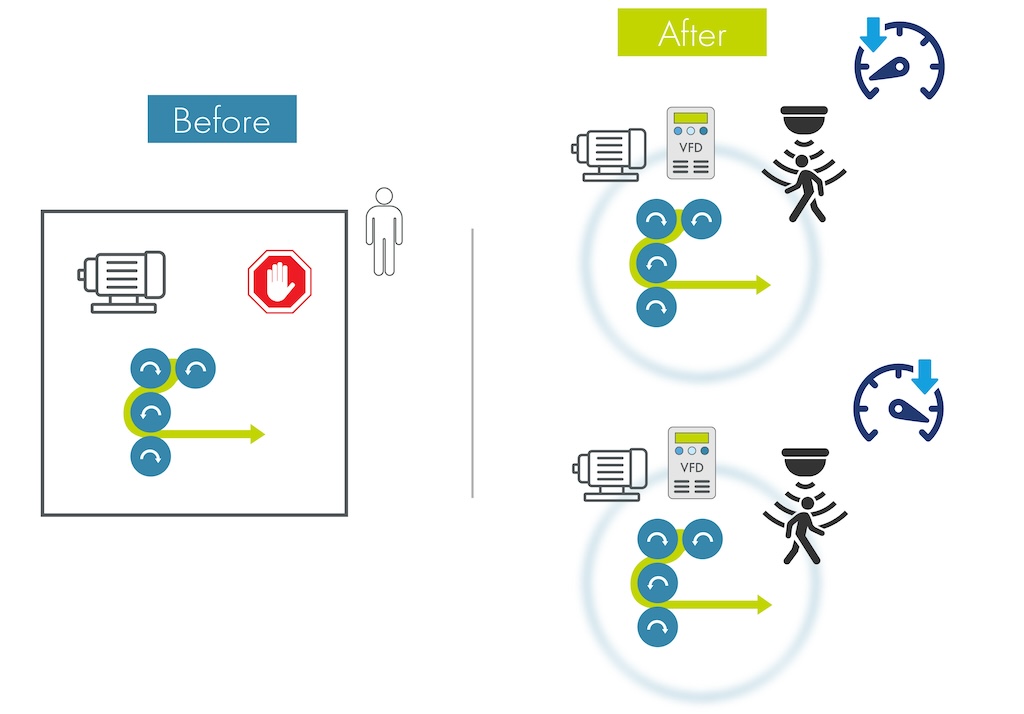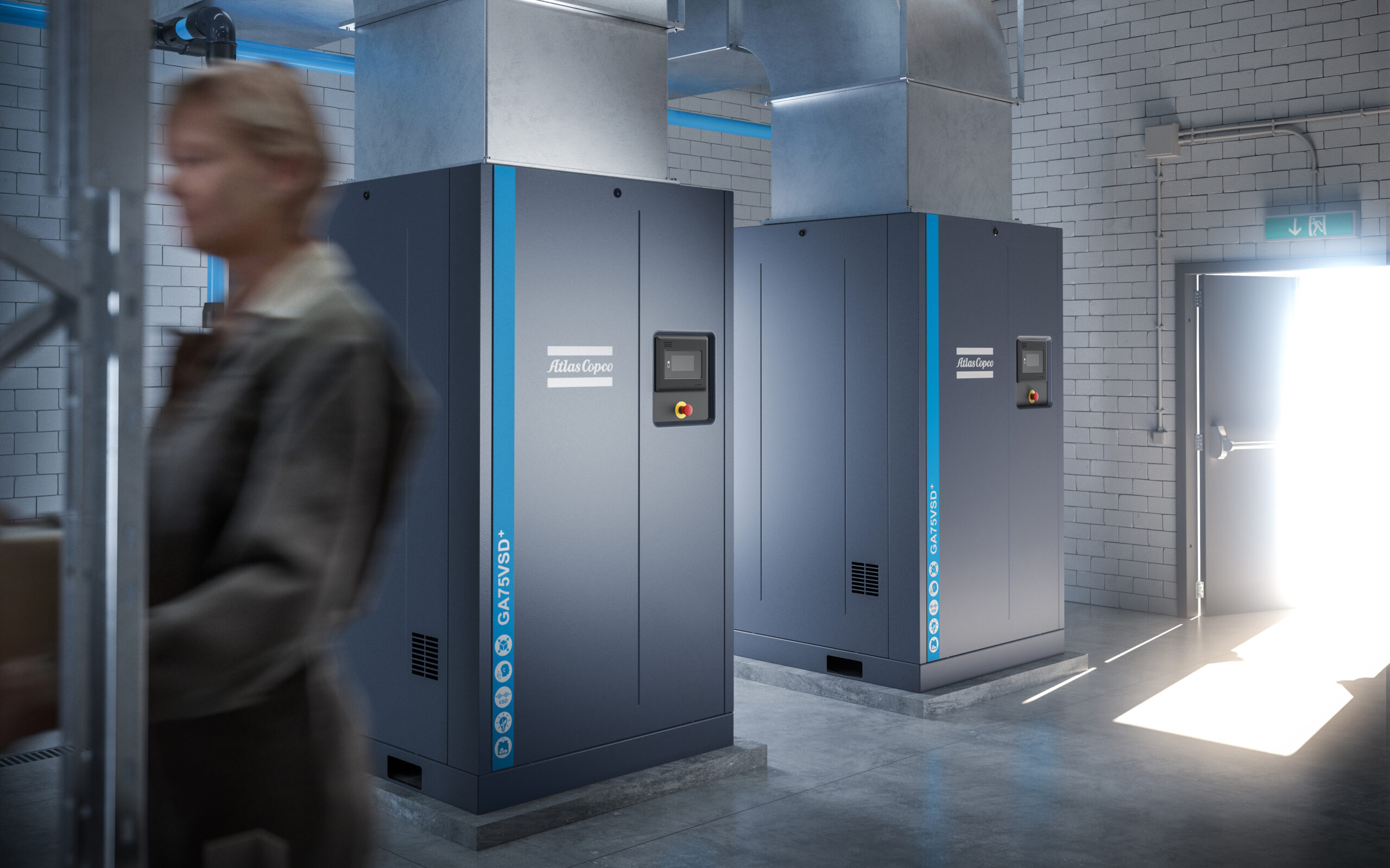By integrating some logical steps into choosing the correct VFD cabling system, you can ensure many years of trouble-free service for your drives. The selection criteria for the proper cable system for VFD applications need to be understood in order to ensure a proper installation and operation.
By integrating some logical steps into choosing the correct VFD cabling system, you can ensure many years of trouble-free service for your drives. The selection criteria for the proper cable system for VFD applications need to be understood in order to ensure a proper installation and operation.
The VFD cable should be able to withstand the operating conditions like repetitive 1,600 volt peak voltage spikes from low voltage IGBT drives and at the same time not deteriorate the performance of other drive system components. Peak voltages on a 460 V system can reach 1200 V to 1600 V, causing rapid breakdown of motor insulation, leading to motor failure. If this is left uncontrolled, insulation failure may occur.
The same peak voltages that damage the motor can also damage the cable. In the perfect cable power delivery system the net instantaneous current flowing in the total cable system should be zero. This includes all phase conductors, all ground conductors and shield. This can be achieved by a symmetrical cable.
Symmetrical cable
In a VFD installation the IGBT switches are in constant operation at high frequency and this produces an inverter output voltage with a PWM wave. This IGBT switching also causes a motor line to ground voltage, normally called a common mode voltage. Most ac drives, in addition to their normal three phase output voltages, create a fourth unintended voltage to ground, known as common mode voltage.
Common mode current is current that leaves a source and does not come back to the source. In most closed loop electrical circuits, most of the current returns to the source. However, there is a small amount of current that in any circuit is radiated and does not return.
The common mode voltages cause short high-frequency pulses of common mode current to flow in the safety earth circuits, and it is essential that the common mode currents return to the inverter without causing EMC-EMI problems in other equipment, and this means that the common mode currents must not flow in the safety earthing system.
The best and easiest way to do this is to use shielded VFD cables that are properly terminated and provide a low impedance path for common mode current to return to the inverter.
If symmetrical insulated grounding conductors and an overall EMI shield are not used, EMC-EMI problems are very likely to occur creating a electrically imbalanced cable. An electrically “balanced” cable is produced when the effective distance from all phases to ground is identical. VFD cable where multiple grounds are placed in all interstices under tight manufacturing tolerances improves phase impedance. Additionally, ground sizes combined with the shield offer a higher than normal ground conductor size. This provides low ground-return impedance that helps to minimize common mode currents.
At the motor end, IGBT PWM drives can sometimes create insulation breakdown between the phase windings because of high transient voltage peaking. End users notice reduced bearing life on motors soon after additions or upgrades to PWM drives. On inspection, minute pits similar to those seen in Figure 1 are discovered on inner and outer bearing races as well as on the motor bearings within a short period. Another observation that confirms the presence of a bearing current is a phenomenon known as fluting. Upon start-up of a motor an audible “groan” is usually heard coming from the motor that changes pitch and becomes quite noisy as the speed increases. Such a symptom usually points to bad motor bearings that have fluting damage as shown in Figure 2.
The incidence of damage caused by bearing currents has increased during the past few years because of variable speed drives with fast rising voltage pulses, high switching frequencies that can cause current pulses through the bearings and due to repeated discharging gradually erodes the bearing races.
To avoid motor bearing damage, it is essential to provide a proper path for high frequency and allow stray currents to return to the inverter frame without passing through the bearings. The magnitude of the currents can be reduced by using symmetrical VFD cables with proper terminations.
Benefits of Proper Grounding and Cabling
Standard equipment grounding practices are designed to provide a sufficiently low impedance path to protect people and equipment against system faults. A VFD can be effectively earthed at the high common mode current frequencies by using symmetrical VFD cables. A symmetrical arrangement of three-phase leads and three-ground conductors minimizes the net injected ground current into the drive system and reduces problems arising from noisy ground current from VFD cables that augments the problems of system performance and electronic reliability.
Terminating the shield is just as important as having a continuous shield path. VFD installations would benefit from watertight cable connectors that can provide a 360° electrical bonding of the copper tape shield and the armor.
Users should connect the copper tape shield to the connector body in a manner that it provides a 360° connection. The connector assembly also should be designed to prevent loosening of threads caused by vibration.
Alpa Shah, Director of Strategic Marketing and Sales, Service Wire Co. She can be reached at Alpa.Shah(at)servicewire.com



